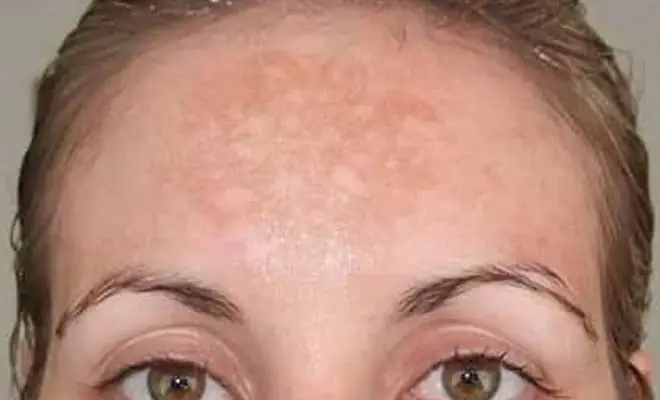If you have pigmentation on your skin then you may have a skin condition called melasma, also known as chloasma or mask of pregnancy. The good news is that this condition isn’t dangerous and is treatable. So, what is melasma and how do you know if you have it?
What does melasma look like?
If you’ve ever noticed dark patches of skin on your face that you thought was healing sunburn, the chances are that it may be melasma. Melasma is a common skin condition that causes brown or grey-brown patches to appear on your face, normally on your forehead, chin, upper lip and cheeks. It occurs due to overactivity of the melanocytes – cells that make the skin’s colour appear as it does.
People can have mild to severe melasma and around 90% of cases tend to be in women. Furthermore, it’s more common in women with darker skin tones. Many pregnant women develop melasma and being exposed to the sun can trigger melasma, as well as taking birth control pills.
Types of melasma
There are three different types of melasma and each is characterised by the depth of the pigment. The types include:
- Epidermal – has a dark brown colour, a well-defined border, appears obvious under black light and sometimes responds well to treatment
- Dermal – a light brown or bluish colour, a blurry border, appears no different under black light and doesn’t respond well to treatment.
- Mixed melasma – the most common and has bluish and brown patches, it shows a mixed pattern under black light and shows some response to treatment.
What are the symptoms of melasma?
The appearance of melasma can make some people feel self-conscious, especially with melasma on the face, but there are no physical symptoms so the affected skin is not itchy or painful, the pigment is just different.
How to treat melasma?
Despite not having any other symptoms, dermatologists can usually diagnose melasma by looking at it. The best form of treatment for melasma is to start applying an SPF every day. New melasma patches may clear up on their own without SPF but wearing sunblock will help to protect your skin from the sun and prevent sun damage. If melasma doesn’t clear on its own, a topical cream may be used.
For more severe cases, a peel, microdermabrasion or a light based treatment like IPL or intense pulsed light can be delivered to help reduce uneven pigmentation. These professional treatments tend to be effective in treating cases where a topical cream does not perform well.
Can microdermabrasion help melasma?
One treatment option for melasma is microdermabrasion which will help to remove patches of melasma by using ultra fine crystals to exfoliate the skin and stimulating skin cell renewal.
A course of treatments performed every 7-10 days is critical to get the best results. A very high factor sun protection should be worn at all times to prevent further damage and stop the pigmentation from reoccurring.
How effective is microdermabrasion for melasma?
Microdermabrasion is considered to be an effective treatment for melasma and has been shown to remove the outer layer of the skin that is associated with melasma with little to no damage to underlying skin.
This can help to soften the look of the pigmentation and can result in fewer side effects than treatments such as chemical peels. It’s important to note that microdermabrasion works well alongside other treatments and is not as effective on its own.
If you’d like to book a microdermabrasion treatment for melasma, please contact your local therapist today.

